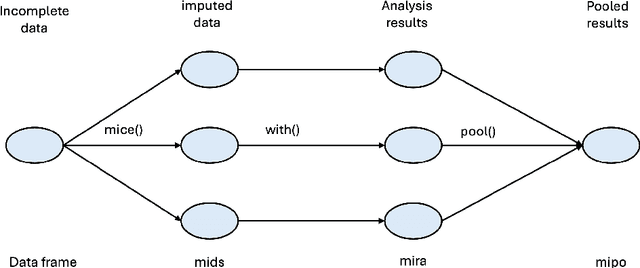Arshad Khan
Optimising robotic operation speed with edge computing over 5G networks: Insights from selective harvesting robots
Jul 01, 2024



Abstract:Selective harvesting by autonomous robots will be a critical enabling technology for future farming. Increases in inflation and shortages of skilled labour are driving factors that can help encourage user acceptability of robotic harvesting. For example, robotic strawberry harvesting requires real-time high-precision fruit localisation, 3D mapping and path planning for 3-D cluster manipulation. Whilst industry and academia have developed multiple strawberry harvesting robots, none have yet achieved human-cost parity. Achieving this goal requires increased picking speed (perception, control and movement), accuracy and the development of low-cost robotic system designs. We propose the edge-server over 5G for Selective Harvesting (E5SH) system, which is an integration of high bandwidth and low latency Fifth Generation (5G) mobile network into a crop harvesting robotic platform, which we view as an enabler for future robotic harvesting systems. We also consider processing scale and speed in conjunction with system environmental and energy costs. A system architecture is presented and evaluated with support from quantitative results from a series of experiments that compare the performance of the system in response to different architecture choices, including image segmentation models, network infrastructure (5G vs WiFi) and messaging protocols such as Message Queuing Telemetry Transport (MQTT) and Transport Control Protocol Robot Operating System (TCPROS). Our results demonstrate that the E5SH system delivers step-change peak processing performance speedup of above 18-fold than a stand-alone embedded computing Nvidia Jetson Xavier NX (NJXN) system.
Machine Learning Based Missing Values Imputation in Categorical Datasets
Jun 10, 2023



Abstract:This study explored the use of machine learning algorithms for predicting and imputing missing values in categorical datasets. We focused on ensemble models that use the error correction output codes (ECOC) framework, including SVM-based and KNN-based ensemble models, as well as an ensemble classifier that combines SVM, KNN, and MLP models. We applied these algorithms to three datasets: the CPU dataset, the hypothyroid dataset, and the Breast Cancer dataset. Our experiments showed that the machine learning algorithms were able to achieve good performance in predicting and imputing the missing values, with some variations depending on the specific dataset and missing value pattern. The ensemble models using the error correction output codes (ECOC) framework were particularly effective in improving the accuracy and robustness of the predictions, compared to individual models. However, there are also challenges and limitations to using deep learning for missing value imputation, including the need for large amounts of labeled data and the potential for overfitting. Further research is needed to evaluate the effectiveness and efficiency of deep learning algorithms for missing value imputation and to develop strategies for addressing the challenges and limitations that may arise.
Comparative performance analysis of the ResNet backbones of Mask RCNN to segment the signs of COVID-19 in chest CT scans
Aug 21, 2020



Abstract:COVID-19 has been detrimental in terms of the number of fatalities and rising number of critical patients across the world. According to the UNDP (United National Development Programme) Socio-Economic programme, aimed at the COVID-19 crisis, the pandemic is far more than a health crisis: it is affecting societies and economies at their core. There has been greater developments recently in the chest X-ray-based imaging technique as part of the COVID-19 diagnosis especially using Convolution Neural Networks (CNN) for recognising and classifying images. However, given the limitation of supervised labelled imaging data, the classification and predictive risk modelling of medical diagnosis tend to compromise. This paper aims to identify and monitor the effects of COVID-19 on the human lungs by employing Deep Neural Networks on axial CT (Chest Computed Tomography) scan of lungs. We have adopted Mask RCNN, with ResNet50 and ResNet101 as its backbone, to segment the regions, affected by COVID-19 coronavirus. Using the regions of human lungs, where symptoms have manifested, the model classifies condition of the patient as either "Mild" or "Alarming". Moreover, the model is deployed on the Google Cloud Platform (GCP) to simulate the online usage of the model for performance evaluation and accuracy improvement. The ResNet101 backbone model produces an F1 score of 0.85 and faster prediction scores with an average time of 9.04 seconds per inference.
 Add to Chrome
Add to Chrome Add to Firefox
Add to Firefox Add to Edge
Add to Edge